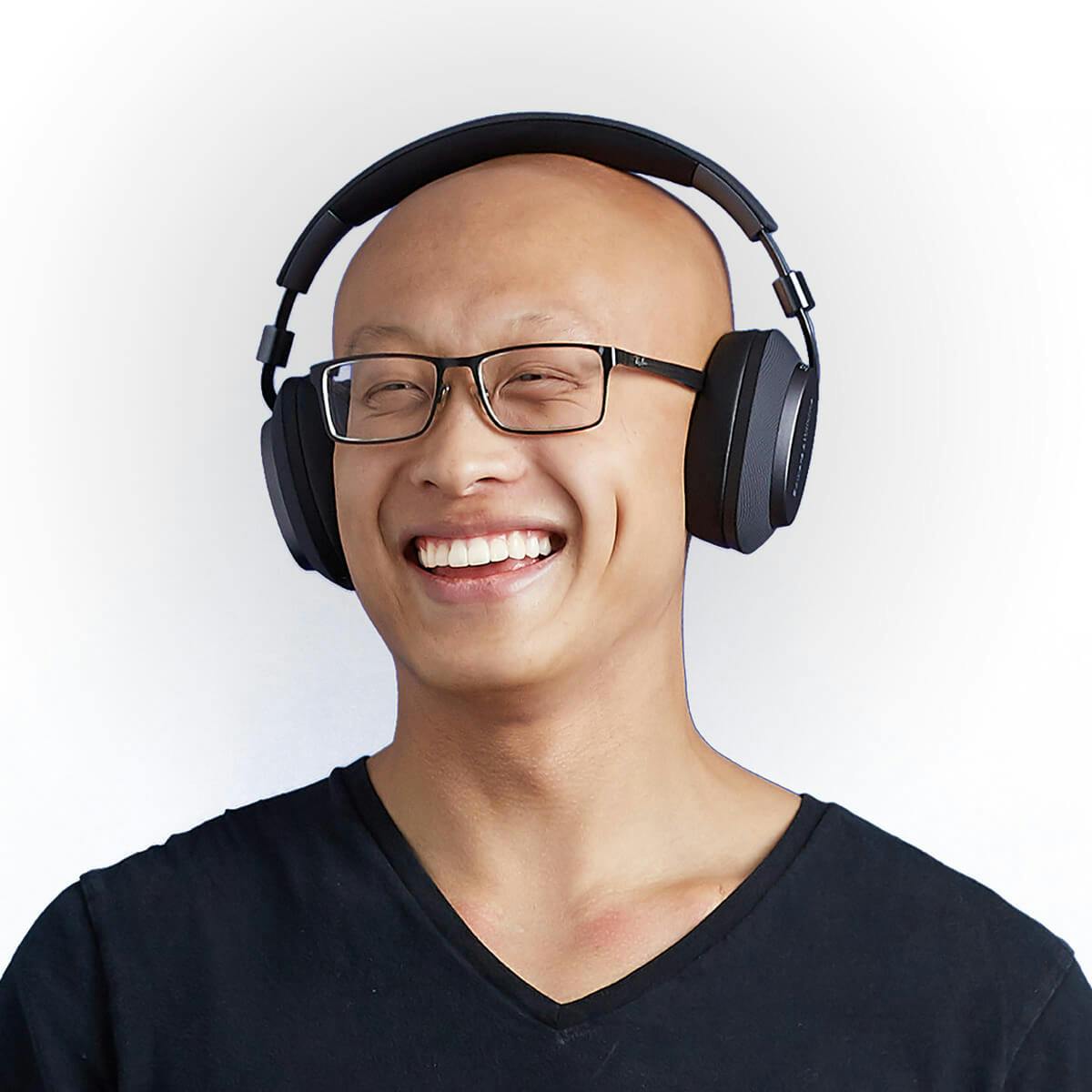My Sleep Stack
June 19th, 2021Sleep is a competitive advantage: good sleep is associated with improved short and long-term memory, muscle synthesis, and muscle recovery, while sleep deprivation impairs cognitive performance and increases injury risk. Said differently: how much money and time would you spend on a panacea that significantly improves both mental and athletic performance?
Because sleep is so important, I’ve assembled a stack of habits and tools for measuring and improving my sleep quality:
Habits
- No caffeine after noon. Caffeine’s half life is 5 hours long. The average espresso shot has 63mg of caffeine, while doses as low as 9mg are psychoactive. That means it takes your body more than 10 hours to clear a single shot from your system! Given that I tend to sleep around 9-10 every night, I stop all caffiene intake after noon.
- Consistent bed and wake time. Sleep regularity is associated with stonger academic performance. I make sure to sleep and wake within a 30 minute window every weeknight. Although I try to keep my bedtimes consistent on the weekends as well, I’m admittedly much worse at that.
- Nine-hour sleep opportunity. I’m in bed for at least nine hours a night. Focusing on sleep opportunity instead of time slept helps me break insomniac’s anxiety—I can’t sleep because I’m worried about not being able to sleep.
- No NSAIDs or antihistamines at night. NSAIDs disrupt sleep. Antihistamines interfere with deep sleep. Simple enough to avoid both of these before bed.
- No devices in bed. Devices in bed can affect your circadian cycle and are generally stimulating instead of relaxing. I’m had trouble sticking to this habit, but my sleep quality is demostrably better when I do manage to put away my phone before bed.
Tools
- WHOOP. My WHOOP strap measures time spent asleep, resting heart rate, and heart rate recovery, and synthesizes that into a Recovery score from 1-100%. Impressively, my Recovery score generally matches how I feel. More impressively, when they don’t match up, my workout performance is better predicted by Recovery than qualitative feel.
- Awair Glow (discontinued). The Awair Glow measures ambient temperature, CO2, relative humidity, and VOC concentration, and synthesizes that into an air score from 1-100. The most important metrics out of those are CO2 and ambient temperature: high nighttime CO2 concentrations decrease sleep quality, ability to concentrate, and cognitive performance, and ambient temperature is an important personal preference to keep consistent.
- Eight Sleep Pod Pro. The Pod Pro regulates my bed temperature. It’s adjustable—I keep my bed cooler than ambient while I fall asleep, and have it warm up throughout the night. The Pod Pro also does sleep tracking: it measures time spent asleep, time to fall asleep, sleep and wake times, tosses and turns, ambient temperature, resting heart rate, and HRv, and synthesizes that into a sleep fitness score from 1-100% (sound familiar?). I’ve had my Pod Pro for a couple of weeks now—I was skeptical at first, but it’s had a really noticeable effect on my sleep quality and WHOOP Recovery!
- ZMA. The link between ZMA and sleep quality is weak to non-existent. Supplementing ZMA does give me really vivid dreams, however, which I enjoy.
- Sleep mask & blackout curtains. These help me fall and stay asleep, especially during the summer when I go to sleep when it’s still light out. Using a sleep mask also helps me avoid devices when I should be trying to sleep.
Enjoyed this post? Follow me on Twitter for more content like this. Or, subscribe to my email newsletter to get new articles delivered straight to your inbox!
